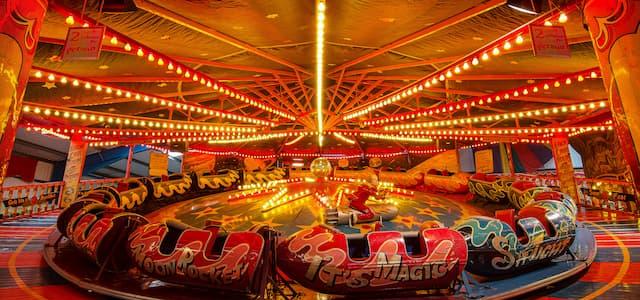
The Fan Museum Trust acquires a unique embroidered folding fan
The Fan Museum is delighted to announce it has acquired, with the generous support of the Art Fund and National Heritage Memorial Fund (NHMF), a unique piece of fan history in the form of an embroidered folding fan, c1590–1630.

No other examples of this type of fan – that is to say a folding fan with sticks joined at the pivot end with a cord or ribbon – are thought to have survived.
Fans such as this were fashionable for a relatively short period only, worn often in conjunction with wheel farthingale dresses – as popularised at the Court of Queen Elizabeth I. The fan is a remarkable survival and dates from a time when folding fans had only recently been introduced to Europe via trade with the East, thus replacing the fixed fan as the noblewoman’s essential costume accessory/status symbol.
The fan has shaped sticks crafted from ivory. The outer guardsticks, set with tufts of silk, are pierced with minute holes through which fine threads connect monture to mount on either side. The silk mount is double and richly embroidered with polychrome and metallic threads in a style typical of the Elizabethan period. A charming panelled design of scrolling vines with assorted flowers, fruit (and snail) is repeated on both sides.
In England the craft of fan making did not begin to take form until the latter stages of the seventeenth century. It is quite possible the ivory fan sticks were shipped from the Far East to the Continent (where fan making was already established) whereupon the fan was assembled before arriving in England to be hand embroidered.
The fan was secured for £45,000 with both NHMF and the Art Fund contributing £12,500 each, plus a further £1,500 from the Art Fund towards a display case for the fan. Other donors included the Friends of The Fan Museum.
Sir Peter Luff, Chair of NHMF, said: “The National Heritage Memorial Fund secures the UK’s most precious heritage at risk for future generations to enjoy and learn from. Now, this incredibly rare survival, which provides unprecedented insight into the little known origins of fan manufacture in England, joins a cornucopia of national treasures secured for the nation.”
Stephen Deuchar, Director of the Art Fund, said: “We were impressed by the striking appearance of this important fan and feel sure it will both greatly enhance the museum’s collection and delight its visitors. We were pleased to offer an additional sum to support the conservation, interpretation and exhibitions plans for this exciting new acquisition.”
In early September 2015, the fan will go on long-term display within the museum’s permanent gallery. A mixed programme of events is planned to celebrate the acquisition and includes the premier of a new play based on the lives of Elizabethan literary heroes, Shakespeare & Marlowe (22– 23 July 2015).
Located in the heart of historic Greenwich, The Fan Museum occupies two handsome Grade II listed Georgian townhouses – lovingly restored internally and externally. It is the only museum in the UK devoted in its entirety to the history of fans and the ancient craft of fan making. The museum’s founder, Hélène Alexander, is not only a leading authority on the history of fan-making but also a passionate collector, having amassed a priceless collection – arguably the largest in the country – of fans and related items. The museum houses in excess of 5,000 objects (not all on show at any one time) including works by Salvador Dali, Paul Gauguin and Walter Sickert.
The museum comprises two distinct displays. One is permanent, and serves as an introduction to fans: their history, manufacture, types and sources. The other is thematic, and changes several times a year, reflecting the vast range of subjects that have inspired fan makers throughout the ages.
Notes to editors
The Art Fund
The Art Fund is the national fundraising charity for art, driven by the belief that everyone should have access to great art. In the past five years, the Art Fund has given £34m to help museums and galleries acquire works of art for their collections. The Art Fund also helps museums share their collections with wider audiences by supporting a range of tours and exhibitions, including ARTIST ROOMS and the 2013–18 Aspire tour of Tate’s Salisbury Cathedral from the Meadows by John Constable, and makes additional grants to support the training and professional development of curators.
The Art Fund is independently funded, with the core of its income provided by 117,000 members who receive the National Art Pass and enjoy free entry to over 230 museums, galleries and historic places across the UK, as well as 50% off entry to major exhibitions. In addition to grant-giving, the Art Fund’s support for museums includes the annual Art Fund Prize for Museum of the Year (won by the Yorkshire Sculpture Park in 2014), a publications programme and a range of digital platforms including a website and the Art Guide app, promoting a network of over 650 museums and galleries across the country. Find out more about the Art Fund and the National Art Pass at The Art Fund website.
Further information
For further information/images, please contact Jacob Moss, Curator, Fan Museum j.moss@thefanmuseum.org.uk.

